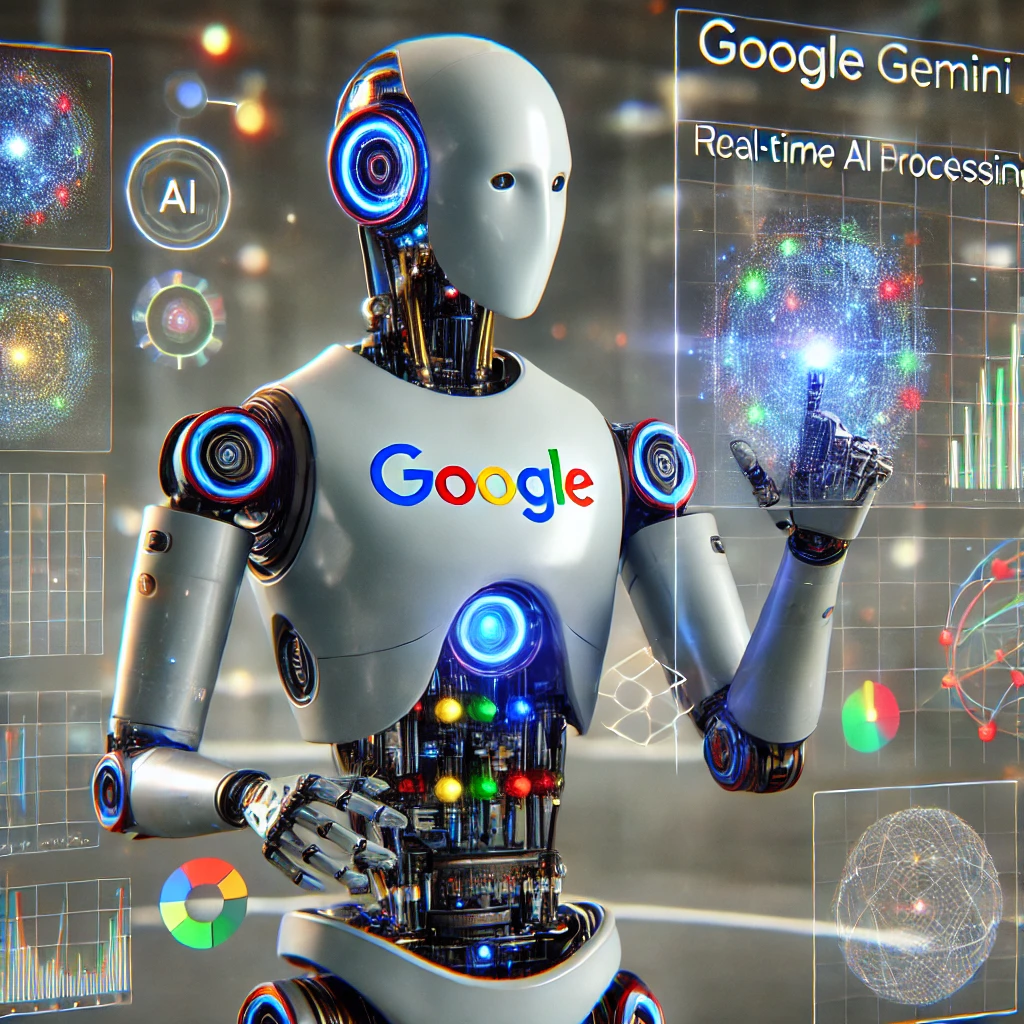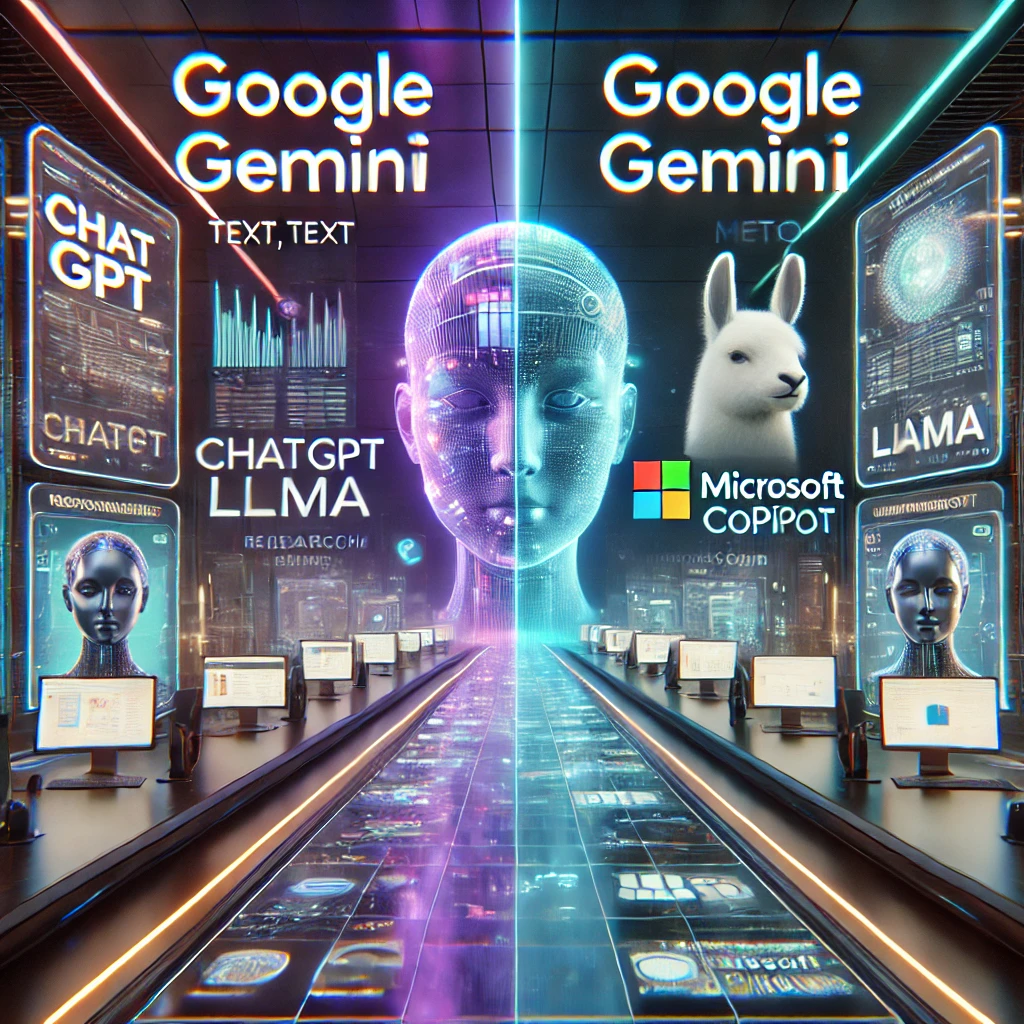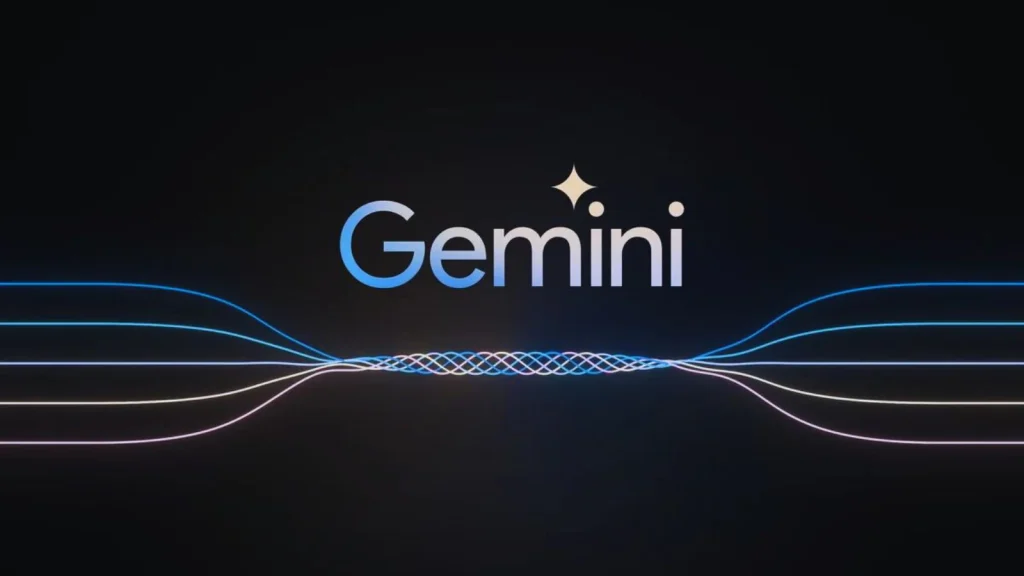Google’s Gemini represents a pivotal evolution in artificial intelligence technology, positioning the tech giant at the forefront of the generative AI race against competitors like OpenAI, Meta, and Microsoft. This comprehensive AI suite is designed to transform user experiences across various applications through advanced multimodal capabilities and sophisticated reasoning. As we analyze Gemini’s trajectory and impact, it becomes clear that Google is executing a strategic sprint to capture market leadership in this rapidly evolving domain.

Gemini’s Technological Foundation
The Gemini family encompasses multiple specialized models developed collaboratively by Google DeepMind and Google Research. The flagship Gemini 2.0 Pro has emerged as Google’s most sophisticated offering, particularly excelling in coding tasks and complex reasoning challenges. What distinguishes this model from its predecessors is not merely incremental improvement but rather a fundamental reimagining of AI architecture.
Unlike previous text-centric models such as LaMDA, Gemini is built from the ground up as a natively multimodal system. This architectural choice enables seamless processing and generation of diverse content types—text, images, audio, and video—without the limitations typically associated with models retrofitted for multimodal applications. The result is a more cohesive and versatile AI system capable of understanding and generating content across different mediums simultaneously.
The technical specifications of Gemini 2.0 Pro are particularly noteworthy. With a massive context window of 2 million tokens, this model can process and analyze vast amounts of information cohesively—equivalent to thousands of pages of text, hundreds of images, or hours of audio content. This expanded context window enables more comprehensive reasoning and improved performance on tasks requiring long-term memory or detailed analysis.
Developer Ecosystem and Customization
Google has strategically positioned Gemini not only as a consumer-facing technology but also as a platform for developers. Through integration with Google’s Vertex AI platform, developers can fine-tune Gemini models for specific use cases, industries, or applications. This customization extends to important aspects such as data sourcing and safety parameters, allowing organizations to adapt the technology to their unique requirements.
The developer-centric approach represents a significant competitive advantage, potentially creating a diverse ecosystem of specialized applications built on Gemini’s foundation. By empowering developers to leverage Gemini’s capabilities within their own products, Google effectively extends its reach across numerous sectors and use cases beyond what it could develop internally.
The Robotis Frontier
Perhaps the most ambitious extension of Gemini is its application to robotics. The recently announced Gemini Robotics initiative aims to bridge the gap between digital intelligence and physical interaction. By integrating advanced AI reasoning capabilities with robotic systems, Google is pursuing embodied intelligence—AI that can perceive, reason about, and interact with the physical world.
This development marks a significant departure from conventional AI applications, which typically remain confined to digital environments. The implications for industries ranging from manufacturing to healthcare are profound, potentially enabling more sophisticated automation of physical tasks that require adaptability and contextual understanding rather than simple repetition.

Competitive Landscape Analysis
Gemini vs. OpenAI’s ChatGPT
While ChatGPT has established itself as the public face of generative AI, its architecture reveals certain limitations when compared to Gemini. ChatGPT excels in conversational fluency and creative text generation but operates primarily within a text-based paradigm. Even with DALL-E integration for image generation, the fundamental architecture remains text-centric.
Gemini’s native multimodality gives it a structural advantage in scenarios requiring integrated understanding across different types of content. For example, in educational contexts where learning materials include text, diagrams, and video, Gemini can process these elements cohesively rather than treating them as separate inputs.
Gemini vs. Meta’s LLaMA
Meta’s LLaMA has gained traction particularly in research environments due to its open-source approach and efficiency. However, LLaMA’s focus has been primarily on advancing language modeling rather than developing comprehensive multimodal capabilities.
While LLaMA models offer impressive performance for their size, they lack the integrated multimodal foundation that characterizes Gemini. This limitation restricts LLaMA’s applicability in scenarios requiring cross-modal reasoning or generation, such as creating visual content based on textual descriptions or analyzing images in context.
Gemini vs. Microsoft’s Copilot
Microsoft has successfully integrated AI capabilities into its productivity suite through Copilot, enhancing user workflows in applications like Word, Excel, and PowerPoint. This integration-focused approach has clear benefits for productivity but differs fundamentally from Gemini’s broader ambitions.
Where Copilot enhances existing software experiences, Gemini aims to establish new paradigms for human-AI interaction across diverse applications. The distinction reflects different strategic priorities: Microsoft leveraging AI to strengthen its software ecosystem, while Google positions AI as a transformative platform in its own right.

Future Implications and Strategic Direction
Google’s development of Gemini signals several important trends in AI evolution:
First, we’re witnessing a shift from specialized AI models toward comprehensive systems capable of handling diverse tasks through unified architectures. This approach reduces the need for multiple disconnected models and enables more coherent AI experiences.
Second, Google’s plans to eventually introduce advertisements within Gemini suggest a clear commercialization strategy. By creating a new advertising channel within AI interfaces, Google is extending its core business model into emerging technologies, potentially creating significant new revenue streams.
Third, the focus on developer customization indicates a platform strategy similar to what we’ve seen with Android. By providing powerful foundation models that others can build upon, Google positions itself at the center of an expanding AI ecosystem rather than merely as a provider of specific applications.
Finally, the robotics integration highlights how AI is moving beyond information processing toward physical world interaction. This direction has profound implications for automation, potentially transforming industries that have thus far resisted comprehensive digitization.
The Road Ahead
As Google continues its Gemini sprint, the company faces both technological and ethical challenges. Maintaining leadership in model capabilities while addressing concerns about data privacy, bias, and responsible deployment will require careful balancing.
The competitive landscape will likely intensify as other major players respond with their own multimodal approaches. OpenAI’s rumored next-generation models, Meta’s continued investment in LLaMA, and Microsoft’s expansion of Copilot capabilities will all shape the evolving marketplace.
For users and organizations, Gemini represents not just an improved AI assistant but potentially a fundamental shift in how we interact with digital systems—moving from text-based interfaces toward more natural multimodal engagement that mirrors human communication patterns.

Google’s Gemini sprint is not merely about catching up to competitors but about redefining the race itself. By emphasizing multimodality, developer customization, and physical world integration, Google is charting a distinctive course in AI development that leverages its unique strengths while opening new frontiers for artificial intelligence applications.
Copyright©dhaka.ai
tags: Artificial Intelligence, Ai, Dhaka Ai, Ai In Bangladesh, Ai In Dhaka, Google, Gemini



